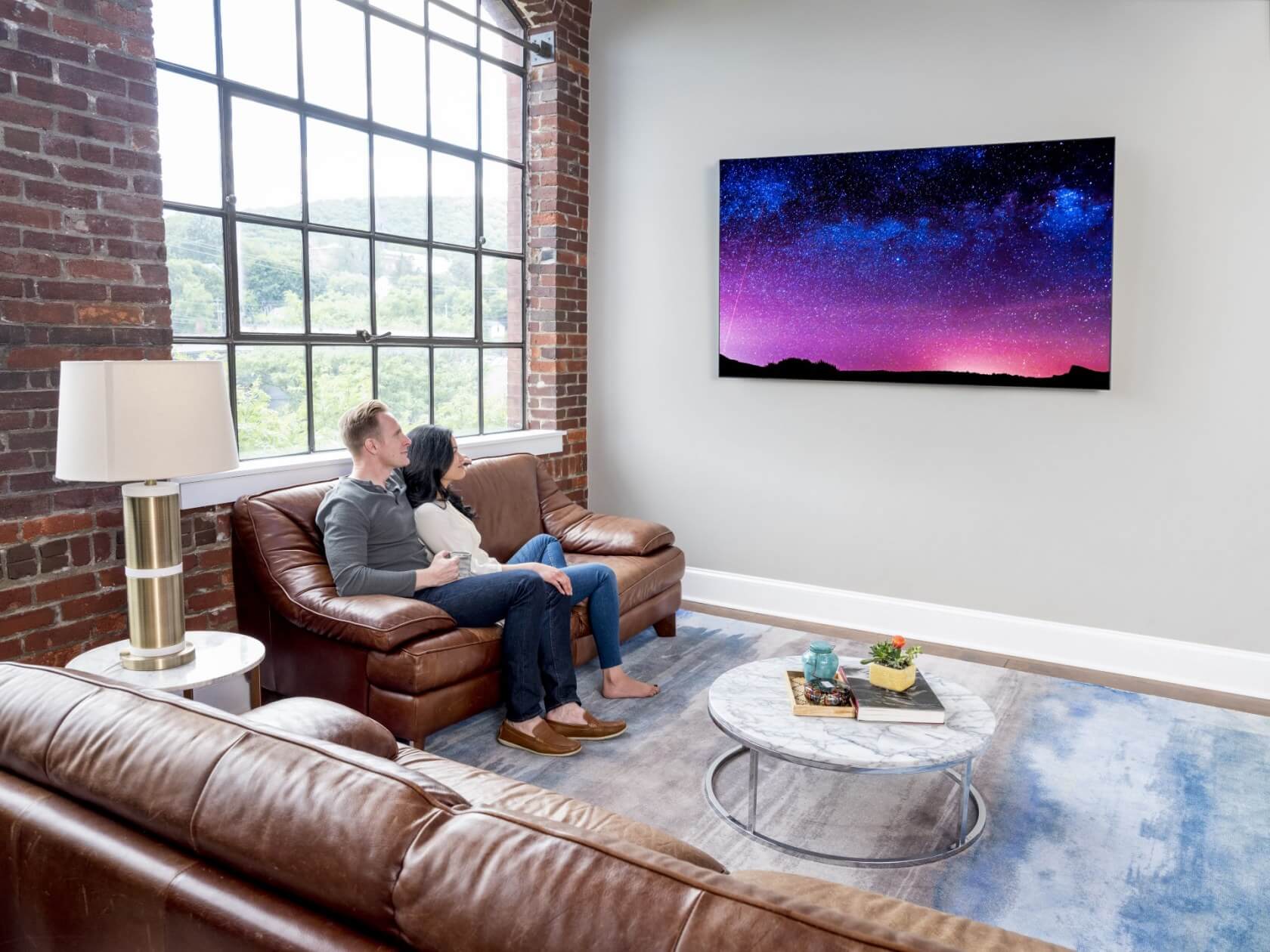Corning Incorporated, the company behind some of the most well-known screen glass types for smartphones, monitors, and TVs (such as Gorilla Glass) has announced an entirely new glass substrate. Dubbed "Astra Glass," the substrate is designed primarily for the next generation of "medium-to-large" displays, which will include features like 8K resolutions and high refresh rates.
It may seem like the only thing that matters for a glass cover is its durability (hence the popularity of Gorilla Glass in smartphones), but that's not quite the case. As Anandtech points out, glass affects the properties of the display it covers, including its reflectivity, brightness, and color accuracy.
Astra Glass meets the precise, high-temperature requirements of oxide processing and joins our portfolio of display substrates, [to cover] the entire spectrum of our customers' needs."
"After years of close collaboration with customers, we've learned what they need in an oxide display glass to bring 8K resolution to larger devices and sets – low total pitch variation, low total thickness variation, and low sag," Corning business director of High-Performance Displays Han Yim said in a statement. "Astra Glass meets the precise, high-temperature requirements of oxide processing and joins our portfolio of display substrates, alongside EAGLE XG Glass and Lotus NXT Glass, to cover the entire spectrum of our customers' needs."
To ensure Astra Glass doesn't hinder the performance of next-gen displays, Corning claims the glass has been designed for maximum thermal and dimensional stability, which will also "improve yields" (whatever that means). It's not clear which upcoming TVs, monitors, or other devices will be the first to feature Astra Glass, but we'll likely find out in the coming months as more companies adopt Corning's latest product.
